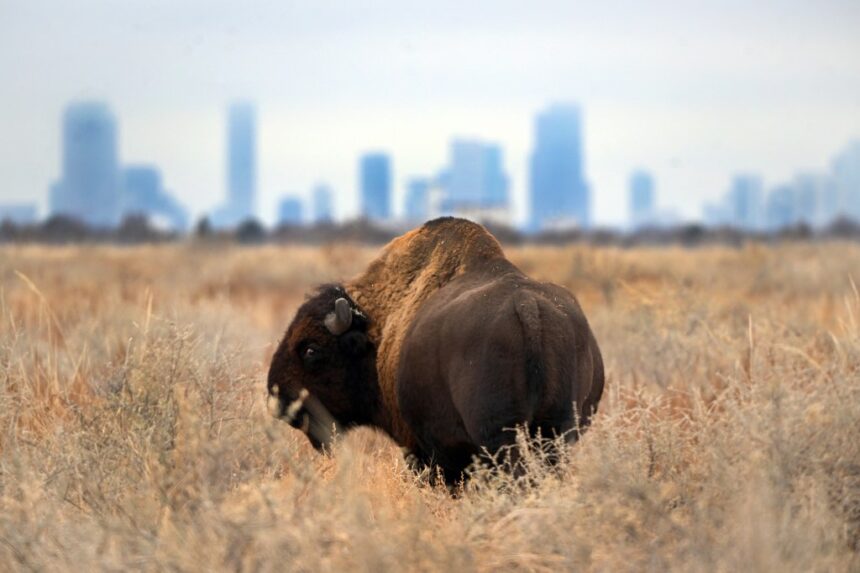Colorado’s economy did much better than first estimated when it came to adding jobs last year and hiring is off to a strong start in 2024, according to an update Monday from the Colorado Department of Labor and Employment.
The U.S. Bureau of Labor Statistics initially reported Colorado employers adding 24,100 nonfarm jobs between December 2022 and December 2023, with the private sector adding only 1,100 jobs and the public sector adding 23,000. That worked out to a 0.8% growth rate, which lagged behind the U.S. rate of 1.7% and was one of the slowest of any state.
However, revisions during a process known as benchmarking found that 57,900 jobs were added over the same period. Measured as an annual average, the state added 72,700 jobs last year, which represents a 2.5% growth rate that beat the 2.3% rate nationally.
Colorado ranked as the 11th best state for its average annual growth rate, rather than in the bottom 15 based on initial reports.
“Colorado job growth was comparable to the U.S. and similar to rates experienced prior to the pandemic,” said Ryan Gedney, senior labor economist with the CDLE, during a news call on Monday morning.
The state added an average of 4,867 jobs a month last year compared to the 2,145 initially reported. June had the biggest revision when 12,500 jobs were added instead of the 1,800 first reported. Three months showed downward revisions, with the largest coming in October, which went from flat to down 2,300 jobs.
About 80% to 85% of the upward revisions were centered in metro Denver, Gedney said, reversing the initial losses reported and bringing its growth rate more in line with other metro areas in the state. Initial job losses were bad enough to rank Denver 385th worse out of 396 metro areas last year, according to the BLS.
Revisions took the state’s unemployment rate up from an annual average of 3% to 3.2%. In January, the unemployment rate was 3.4%, an increase from 3.3% in December. Colorado was tied with Maine for the 24th lowest unemployment rate.
One explanation for why Colorado has a relatively higher unemployment rate is that more of its adult population is working or looking for work. The state’s labor force participation rate was 68.1% in January, which is much higher than the U.S. rate of 62.%.
Employers in Colorado added 8,000 nonfarm payroll jobs in January from December, with the private sector adding 5,600 and governments adding 2,400 jobs.
Industry sectors with the biggest monthly gains were professional and business services, up by 4,800 jobs and manufacturing up by 1,700 jobs. Trade, transportation, and utilities reported a loss of 1,800 jobs. Weaker consumer spending may be pulling down hiring in that sector, which includes brick-and-mortar retail as well as the warehouses used for online retail.
Over the past year, nonfarm jobs are up by 57,900, with 33,500 of that gain coming in the private sector and 24,400 coming in the public sector. The biggest annual gains came in educational and health services, up by 15,300; professional and business services were up by 10,600, and leisure and hospitality were up by 9,600.
Annual job losses were reported in trade, transportation, and utilities, down 3,800; information, down 2,000; construction, down 1,000; and manufacturing, down 900.
In January, Colorado’s job growth rate of 2% annually exceeded that of the U.S. rate of 1.9%.
“It is good news to start 2024 with a strong increase in employment; however, this is much stronger job growth than anticipated, given the weaknesses in some sectors and anomalies in others that were evident in 2023,” said Broomfield economist Gary Horvath.
Horvath expected the pace of hiring to slow through the remainder of the year and Gedney likewise forecasted that job gains in 2024 should come in below the revised numbers for 2023.
“It seems like a recession and rate hikes are out of the picture, but it also looks like there will be a slowdown and 2024 will be a bumpy ride,” Horvath said in an email.
Get more business news by signing up for our Economy Now newsletter.











